Edge Computing for AI
Run AI at the Edge for responsive LLMs and IoT
Edge Computing for AI
Run AI at the Edge for responsive LLMs and IoT
Solution Overview:
Edge computing is the new cloud. The edge computing market will be $155.90 billion by 2030, growing yearly by 38.9%. Artificial Intelligence integration will drive that growth.
Interplay runs edge AI in more than 4,000 locations, providing superior AI and IoT responsiveness. We use edge computing AI to read license plates with cameras, release gas pumps, and enable payments. Our edge computing AI drives robots and mission-critical infrastructure that require near-instant response times. Potential network problems reduce overall bandwidth risk. Interplay AI edge computing runs on commodity hardware. Edge Computing lowers operational costs, reduces risk, and enhances speed. Artificial Intelligence running on the edge enhances all those advantages even further.
Key Features
Faster AI Response
Lightning fast GenAI and LLMs
Reduced Bandwidth Risk
Run AI locally to prevent risk of data leaks
Commodity Hardware
Runs on CPU!
Efficient Operations
Secure IT operations and firewalls
Faster AI Response
Lightning fast GenAI and LLMs
Reduced Bandwidth Risk
Run AI locally to prevent risk of data leaks
Commodity Hardware
Runs on CPU!
Efficient Operations
Secure IT operations and firewalls
Benefits
Challenge: Faster AI and IoT
AI is resource-heavy, so default deployment architectures have been cloud-centric for scalability and cost control. Edge computing AI changes those factors. Real-time AI such as computer vision, license plate recognition, warehouse robot navigation, or environmental threat awareness, require much faster response times.
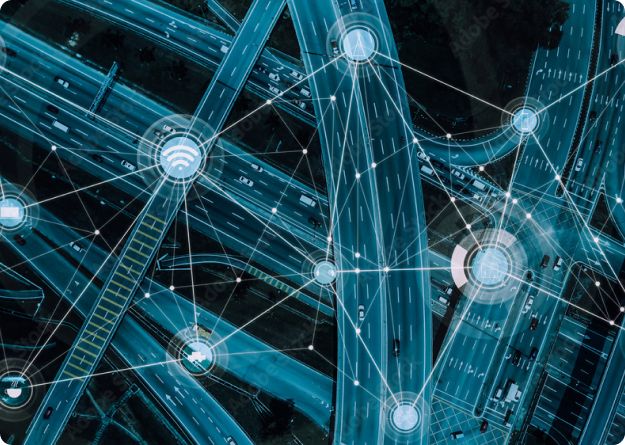
Edge AI
We have deployed Edge Computing in gas stations, convenience stores, and schools. These systems interact with IoT devices like cameras, POS terminals, and payment systems. Interplay's Low-Code AI is efficient and tight enough to deploy on-premise with edge servers. This unique capability eliminates lag time to the cloud and brings the revolution directly to supply chain warehouses, logistics hubs, and in-store customer experiences. It also keeps data private and inside organizations -- not exposing core data to the cloud. Interplay edge AI is currently deployed at thousands of retail locations.
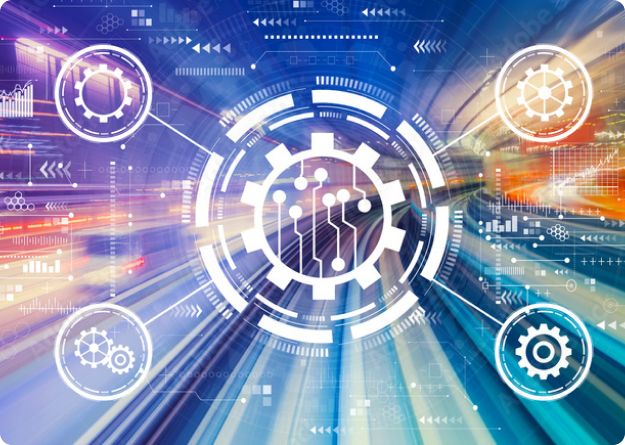
Real-Time Inventory counting
Edge Computing allows for in-store real-time inventory counting with image recognition. Our client leverages existing security cameras to count hot dogs on the heating rollers, ensuring that hot meals are always queued up and ready to go. All the AI, including image recognition, inventory monitoring, and messaging to store managers, happens on the edge.
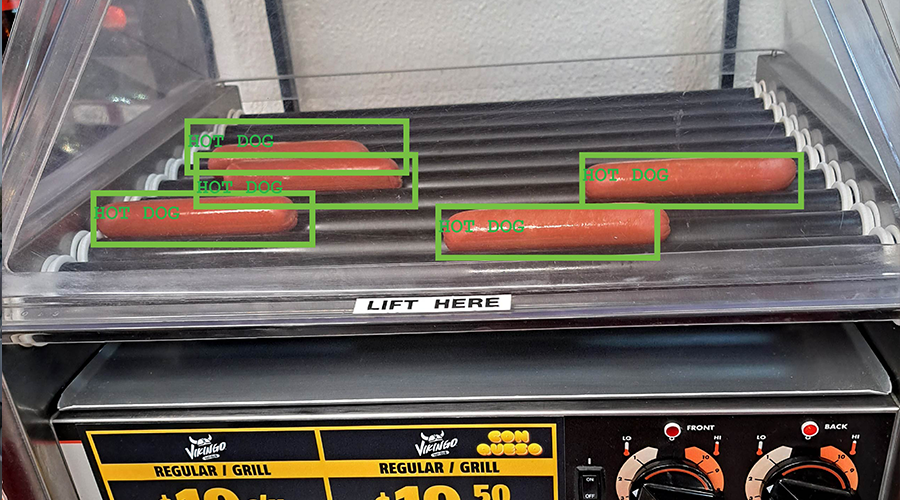
Industrial Scale IoT
At the industrial scale for large warehouses, supply logistics hubs, and complex manufacturing environments, cloud-centric AI becomes unworkable due to limited network bandwidth. Edge computing AI brings the computational power on-premise, improving response times and reducing network latency risks.
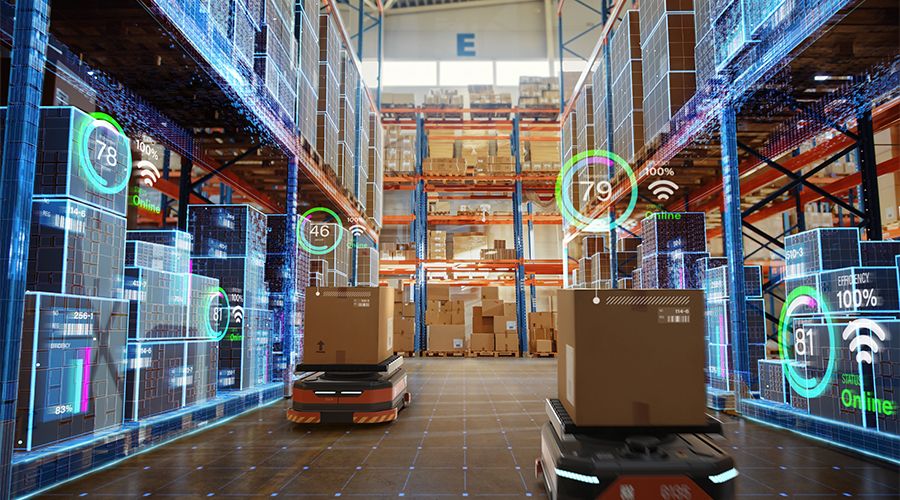
Edge AI Payments
Edge AI allows small form-factor computing at gas stations, pharmacies, and grocery stores to drive more business with instant payment via license plates. With image recognition strictly at the point-of-sale, customers can be alerted via smartphones, confirm payment, and drive-thru. Retailers benefit from instant payment, reduced fraud, and better analytics.

Critical Security at the Edge
Edge Computing pushes critical security image recognition to be onsite as local as possible, which brings extra levels of security against network loss and potential malicious hacking. Interplay can run sophisticated people counting and type classification onsite, where response times and analytics can be leveraged for quick response.
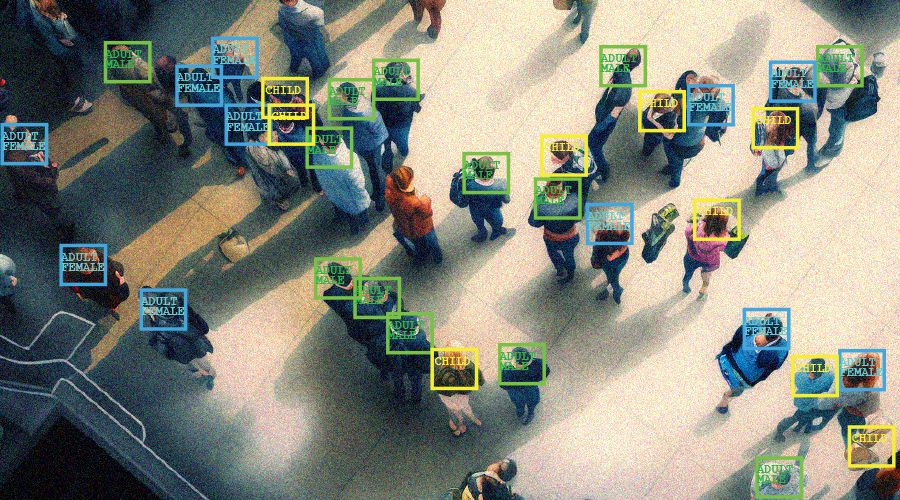
Responsive Robotics
Industrial Robotics depends on AI for navigation routing, task prioritization, and work environment safety. Edge computing brings more AI to the immediate working environment, reducing cloud lag time and also eliminating risk from network interruptions.

Challenge: Faster AI and IoT

AI is resource-heavy, so default deployment architectures have been cloud-centric for scalability and cost control. Edge computing AI changes those factors. Real-time AI such as computer vision, license plate recognition, warehouse robot navigation, or environmental threat awareness, require much faster response times.
Edge AI

We have deployed Edge Computing in gas stations, convenience stores, and schools. These systems interact with IoT devices like cameras, POS terminals, and payment systems. Interplay's Low-Code AI is efficient and tight enough to deploy on-premise with edge servers. This unique capability eliminates lag time to the cloud and brings the revolution directly to supply chain warehouses, logistics hubs, and in-store customer experiences. It also keeps data private and inside organizations -- not exposing core data to the cloud. Interplay edge AI is currently deployed at thousands of retail locations.
Real-Time Inventory counting

Edge Computing allows for in-store real-time inventory counting with image recognition. Our client leverages existing security cameras to count hot dogs on the heating rollers, ensuring that hot meals are always queued up and ready to go. All the AI, including image recognition, inventory monitoring, and messaging to store managers, happens on the edge.
Industrial Scale IoT

At the industrial scale for large warehouses, supply logistics hubs, and complex manufacturing environments, cloud-centric AI becomes unworkable due to limited network bandwidth. Edge computing AI brings the computational power on-premise, improving response times and reducing network latency risks.
Edge AI Payments

Edge AI allows small form-factor computing at gas stations, pharmacies, and grocery stores to drive more business with instant payment via license plates. With image recognition strictly at the point-of-sale, customers can be alerted via smartphones, confirm payment, and drive-thru. Retailers benefit from instant payment, reduced fraud, and better analytics.
Critical Security at the Edge

Edge Computing pushes critical security image recognition to be onsite as local as possible, which brings extra levels of security against network loss and potential malicious hacking. Interplay can run sophisticated people counting and type classification onsite, where response times and analytics can be leveraged for quick response.
Responsive Robotics

Industrial Robotics depends on AI for navigation routing, task prioritization, and work environment safety. Edge computing brings more AI to the immediate working environment, reducing cloud lag time and also eliminating risk from network interruptions.